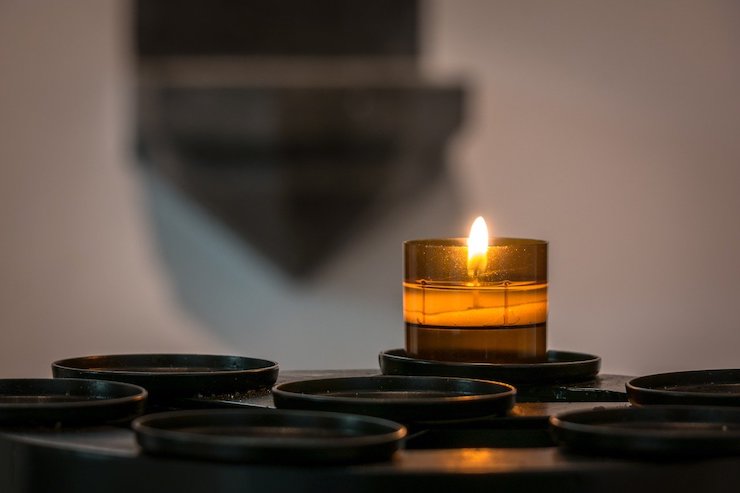When Americans look back on 2020, the year of the virus, they will see multiple transformations. I fear that some of the most sweeping changes will come in the realm of religion, marking a grim turning point in the story of American faith.
Historically, pandemics have played a major role in shaping religion, by undermining older religious establishments, and sometimes by boosting new and more energetic faiths. They do not actually create new trends or movements, but rather accelerate them at a rocket-sled pace. In the U.S., long-term trends were already pressing hard towards secularization.
The 2008 economic crisis dealt a severe blow to organized faith in America, and moved it decisively toward a secular European pattern. An excellent indicator of current or incipient secularization is in the sharp decline of U.S. fertility rates, which presently look quite Scandinavian. This is closely connected with the ’08 economic blow, which devastated family formation.
Also showing the trend of secularization is the surging growth since ’08 of the “Nones”— those rejecting any religious affiliation, regardless of spiritual belief. At last count, America’s Nones had surpassed Catholics and were roughly equal in number to self-identified evangelicals.
The virus’s effect on American religion will depend on if, when, and whether there is a significant post-virus economic recovery. The signs are not promising. A new depression will have an overwhelming impact on religion at every level. An economic crash would diminish contributions to churches and every other religious institution, and many smaller churches would not survive. Many older mainline congregations don’t have solid endowments. Finances are not the only thing giving a foundation to institutional religion; nor are they nothing. A new age of church and seminary closures and mergers would begin.
But let’s think more broadly. In 2000, Robert Putnam’s famous book, Bowling Alone, stressed the vital significance of social capital in sustaining communities. This is expressed through collective participation in clubs, societies, and religious institutions. All such activities are presently impossible or prohibited for an unknown period of time. The more we lose the habits of sociability and joining, and the more our social intercourse occurs through a computer screen or a cellphone, the less likely it is those older ways will ever be regained or reconstructed. The present crisis will so disrupt our remaining social connections that I honestly wonder when or how faith communities can ever regroup and restore themselves.
I think someone should write a depressing sequel to Putnam’s celebrated work, to be titled Praying Alone.
I think too of the roles presently denied to churches and clergy. In the coronavirus era, the most devoted and heroic thing a cleric can do is to avoid physical contact or proximity with the faithful, throughout the worst of their sickness and bereavement. Patients die alone, or at least not surrounded by family and faith. Even when churches can reopen for regular services, Lord knows when people will resume the habit of organizing large gatherings for weddings or funerals. People are going to be phobic about large and crowded gatherings for years to come.
Nobody will condemn clergy for failing to perform their essential functions; everyone recognizes our unique situation. But their enforced absence sends a powerful message. It will be said that organized religion in any recognizable sense is something we can simply leave on the shelf as needed, and which can be discarded as irrelevant to social needs and pressures.
Over and above the other trends, the present crisis has brought on a change of consciousness, in transforming how we think about such fundamental matters as place, presence, and participation. This past Easter, for instance, I “attended” communion service. I “visited with” a person at an online Bible study. Someone else “dropped in” to visit. And all of these events took place electronically, viewed on a screen.
As we accustom ourselves to these realities, how might we add physical reality to remote and online church services? Might we build home altars next to the computer screen? To use a standard media concept, we might break the fourth wall to extend holy places into the home, in a way that hitherto was the specialty of cult-like organizations that promised to bless holy oils over the airwaves. A collapse of the boundaries dividing social spheres is proceeding apace.
Over the past couple of decades, a solid literature has emerged on themes of digital and online religion, of religion and new media, and of online ritual. However mainstream your church or place of worship is at present, however oriented to bricks and mortar, that is increasingly going to be our everyday reality. And we’ll find that digital religion is yet another facet of the cultural revolution we are all suffering through.

Leave a Reply